Overview: Aside from political economic risks, three other challenges are emerging. First, the new sub-variant of Covid is spreading rapidly. BA5 reportedly is accounting for around 80% of the new cases. It is better able to evade antibodies from vaccines and earlier infections. Hospitalization rates are also climbing. Dining, retail, and travel may be impacted. Second, the World Health Organization declared monkeypox a global emergency. The US may make a similar declaration shortly. It would ostensibly facilitate greater global cooperation. Third, the heatwave looks set to continue for the coming days. It is affecting energy production and consumption as well shipment using some waterways, like the Rhine. Asia Pacific equities fell after US losses ahead of the weekend. European stocks have edged higher, and the Stoxx 600 is gaining for a third session. US futures are steady to higher. Benchmark 10-year yields are higher. The US Treasury is up almost five basis points to test 2.80%, while European yields are most 2-3 bp higher. Periphery-core spreads are flat. The dollar is mostly softer. The Scandis are leading the majors, while Hungary and Poland lead the emerging market complex. Gold is consolidating after rallying nearly $60 over the last two sessions. September WTI is snapping a three-day slide of more than 6%. It is hovering around $95.50 near midday in Europe. US natgas is up 1.1% to build on the pre-weekend gain of 4.6%. Europe’s benchmark is higher for the fifth session. Iron ore is up nearly 2.7%. It rose almost 8% last week after falling nearly 16% in the previous two weeks. Copper is edging higher for the second consecutive session. It has not had back-to-back gains this month. After Russia bombed Odesa, wheat futures jumped. The September contract is up almost 3.5% after falling around 15% over the past two weeks.
Asia Pacific
Reports suggest China is moving to support property developers, who given the importance in the world's second-largest economy, may be "too big to fail." The State Council may have approved a fund to support a dozen developers and a few new real estate firms, identified by local official. The fund is said to have been seeded by CNY50 bln from the China Construction Bank, and a CNY30bln relending facility by the PBOC. It can be scaled up to CNY200-CNY300 bln. The news helped lifted the property sector despite the overall market decline today and the related dollar bonds also rose. Separately, other reports indicate that the PBOC is also moving to support the tourist industry with new relief funds.
Japan reported nearly 900k new cases of Covid in the week through last Friday. That is almost a 75% increase over the previous week when the cases doubled. Fatalities increased to 237 from 157 in the prior week. High-frequency activity trackers report that the use of public transportation and retail traffic was 12.8% below pre-Covid levels, down from 11.9% a week earlier. Ahead of a slew of data in the second half of the week, which includes Tokyo CPI, industrial production, employment, and retail sales, Japan's 10-year yield slipped below 0.18%, a four-month low. The BOJ caps the 10-year yield at 0.25%, and although it was challenged last month, the BOJ had to defend the cap this month. The combination of lower global yields, especially Treasuries, where the 10-year yields fell to two-month lows following the poor preliminary PMI before the weekend, and the surge of Covid cases gives the BOJ greater breathing space.
The dollar closed last week below its 20-day moving average against the Japanese yen for the first time in nearly two months. It is found today near JPY136.85. The pre-weekend low near JPY135.55 is holding, but the upside has been limited to about JPY136.60. It may take a break of the JPY135.40 area to signal a new leg down, with the first target near JPY134.50. The Australian dollar peaked around $0.6975 before the weekend, a one-month high, and fell to about $0.6880 before finding new bids today and recovered to $.6945. An option for A$710 mln at $0.6950 expires today but may have been neutralized. That said, the intraday momentum indicators are stretched in the European morning. Initial support is seen near $0.6900-$0.6920. The greenback has been confined to a tight range against the Chinese yuan today. It has traded mostly in a 35-tick range on either side of CNY6.7545. The PBOC seems to have become a little more tolerant of yuan weakness against the dollar as it has appreciated against the euro, yen, and most other currencies. The PBOC set the dollar's reference rate at CNY6.7543, slightly above the median projection in Bloomberg's survey for CNY6.7532. It is the fourth consecutive session of a high dollar fix.
Europe
Last week, EC President von der Leyen called for a 15% cut in gas consumption for the next eight months beginning on a volunteer basis, and mandatory if Russia cuts gas supply completely to Europe. It went over like a lead balloon. At least five countries pushed back. Spain, Portugal, Poland, and Hungary. We talk about the lack of full monetary and economic union as a vacuum that the new Transmission Protection Instrument is to fill, but Europe also lacks an energy union. This makes Spain and Portugal's objections seem the most powerful. For Iberian Peninsula, Russia accounts for around 10% of its gas. The US (about 34%), Algeria (about 25%), and Nigeria (about 15%) are more important. Plus, and this is important, almost half of its electricity comes from renewable sources. However, Portugal is suffering from a drought that has depressed its hydropower generation. Spain has five gasification plants and Portugal one. Moreover, Spain exports liquified natural gas to other EU members. More broadly, the argument from several debtor countries reverses the traditional narratives. Germany has underinvested in its energy infrastructure, and like it outsourced its defense, it outsourced its energy needs to Russia (gas) and France (nuclear).
The eurozone reports its preliminary estimate of July CPI and Q2 GDP at the end of the week. Core and headline inflation is expected to have risen. However, inflation expectations are falling. The 5-year-5 year forward has fallen from around 2.5% in late April/early May, to below 2.0% earlier this month. It is near 2.03% now. A similar development is seen in the Germany 10-year breakeven. It peaked near 3% in early May and is now around 2.04%. Italy's 10-year breakeven has fallen from almost 3% in late April and is near 1.82% now. Separately, the German July IFO shows a larger than expected drop in expectations (80.3 from 85.5 and 83.0 forecast), while the current assessment came in at 97.7 from 99.4. That leave the overall business climate at 88.6 after 92.2 in June, which is a return to mid-2020 levels. in some ways, the IFO confirms what the sub-50 flash PMI suggested. The world's third-largest economy is struggling.
The euro remains firm after snapping a three-week, 4.5% drop last week. The upside momentum had faded in the $1.0270-80 area. It fell to about $1.0130 on the poor PMI but recovered after the US reported its sub-50 preliminary PMI. It continues to tease its 20-day moving average (about $1.2025), though it has not closed above it since early June. There are options for almost 1.9 bln euro at $1.0250 that expire today and another set for almost 650 mln euros at $1.02. We suspect that both sets have been hedged. The intraday momentum indicators are stretched. Sterling is firm, although it has not taken out the pre-weekend high near $1.2065. It is also holding below $1.2055 where options for around GBP335 mln expire later today. Like the euro, sterling went bid in the European morning, but has stretched the intraday momentum indicators, which may discourage buying from US dealers as they return from the weekend. Tory candidates Sunak and Truss have their first one-on-one debate tonight.
America
As the US corporate earnings reports accelerate, the dollar's appreciation is likely to be increasingly featured. There at two main channels of impact. The first is exports. However, US exports are at record levels. Through May, the value of exports has risen by 20% over the same period last year. For US exports, world growth/demand outstrips exchange rates as the critical variable. The second channel is the translation of foreign earnings back into dollars. This is the more important of the two channels. Local sales by affiliates of US multinational companies easily outstrip US exports as the main way American companies service foreign demand. Roughly, 40% of the S&P 500 earnings are derived offshore, but the information technology (about 58%) and materials (about 56%) are more exposed.
Federal Reserve Chair Powell has identified the exchange rate as an important channel through which financial conditions are tightened and assist in efforts to get inflation back under control. Over the past 13 months, through June, the real broad traded weighted dollar has appreciated in all but one month (January) for a cumulative increase of almost 10.5%, and the nominal broad TWI has risen by about 8%. The dollar has also risen against most of its trading partners in nominal terms so far here in July. Economic models are employed to translate the changes in the exchange rate into inflation and growth impact. There is also a lagged effect that needs to be appreciated. The rule of thumb is that a 10% rise the dollar on a trade-weighted basis may have shave inflation by around 0.4%. However, it also weighs on growth, which also may generate lower prices.
After last week's poor PMI reading, the Chicago Fed's national activity index (June) and the Dallas Fed's July manufacturing survey are unlikely to have much impact. The focus now is on the Fed meeting outcome (July 27) and the Q2 GDP (July 28). The highlight for Canada this week is the May GDP (July 29). A small contraction is expected. Mexico reports the IGAE economic survey, but the trade balance (July 27) and Q2 GDP (July 29) are more important. The median forecast in Bloomberg's survey sees the Mexican economy expanding by 0.9% in Q2 (quarter-over-quarter) after a 1.0% expansion in Q1.
The US dollar continued its recovery that began before the weekend, but after it tested the CAD1.2825 area, a new low for the month. The greenback finished last week near CAD1.2915 and made it to almost CAD1.2950 today to touch the 20-day moving average. The US dollar has been sold in the European morning from around CAD1.2920 to almost CAD1.2870. The intraday momentum is also stretched, cautioning against cashing it out of the gate in North America. The greenback reversed lower against the Mexican peso ahead of the weekend and tested the MXN20.50 area after initially setting a new high for the week (about MXN20.7235). It is at a four-day low in the European morning around MXN20.42 to slip below the 200-day moving average (about MXN20.43). Support is seen in the MXN20.30-35 area.


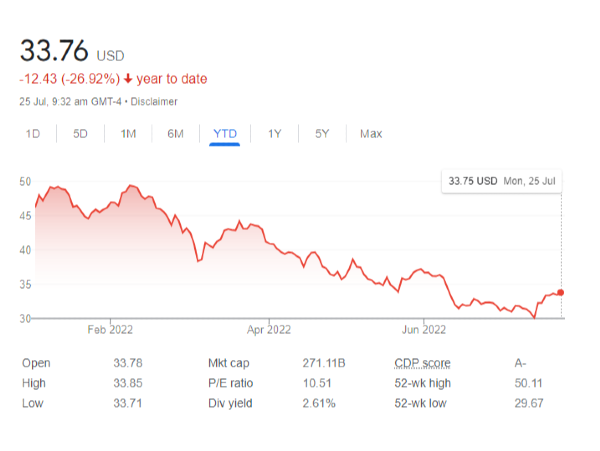

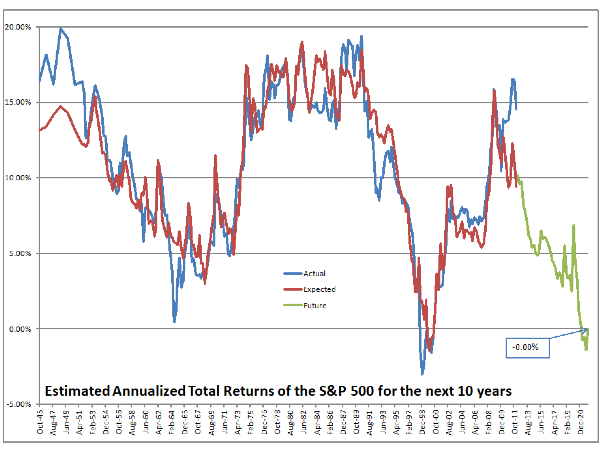
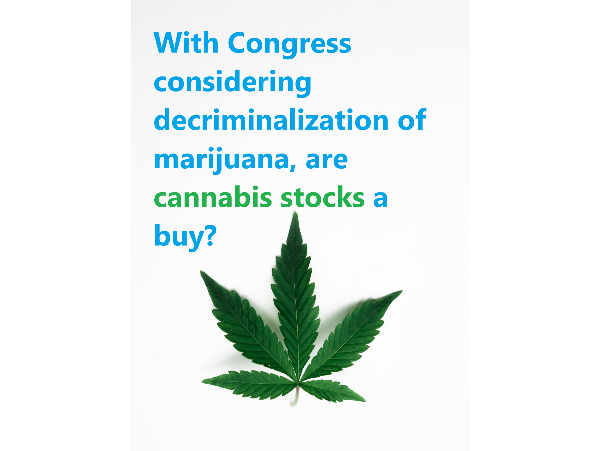
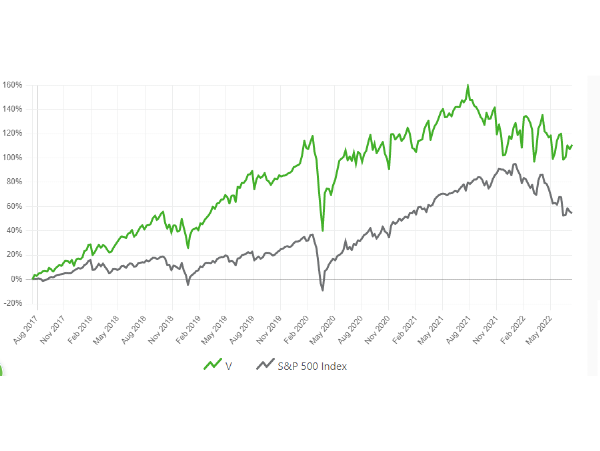


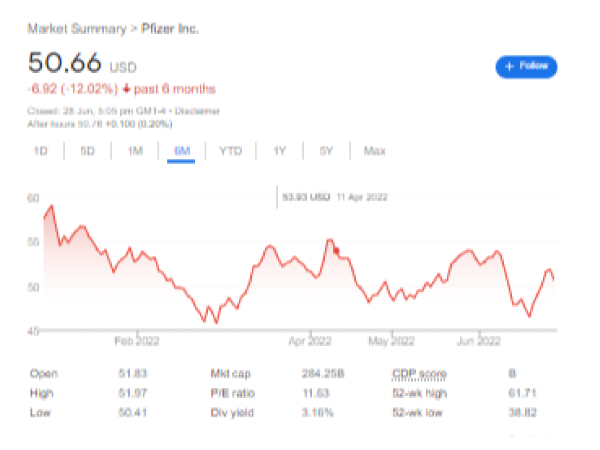
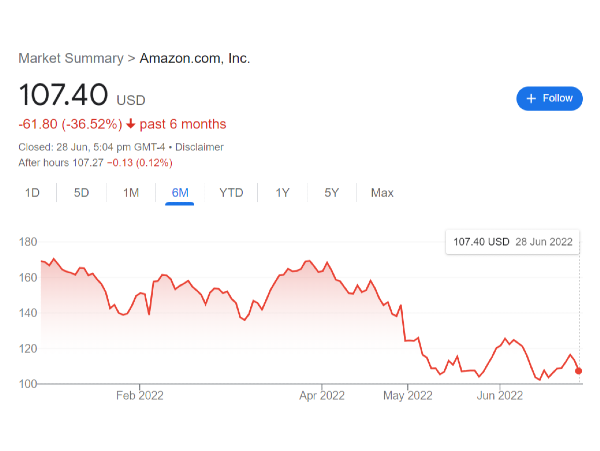




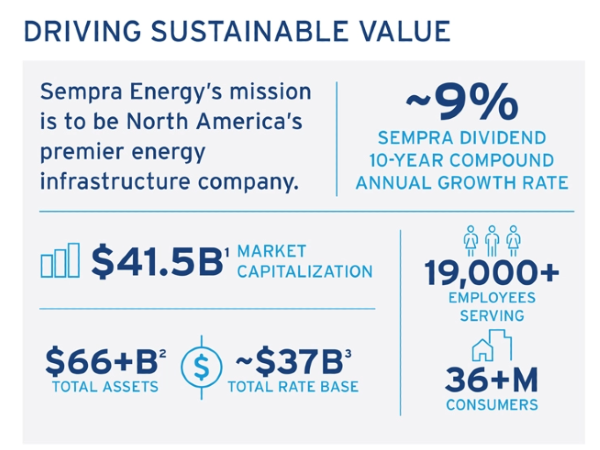
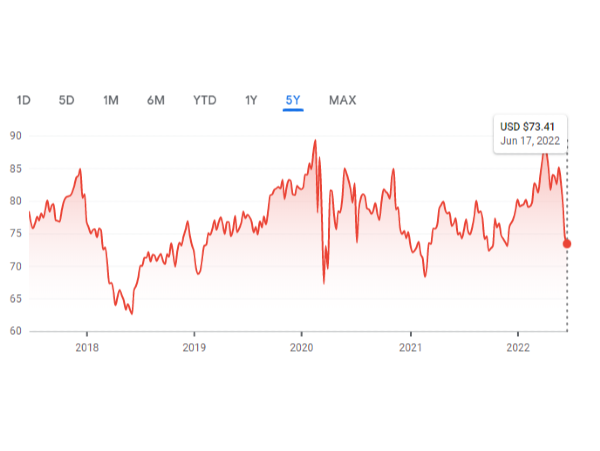











Overview: Aside from political economic risks, three other challenges are emerging. First, the new sub-variant of Covid is spreading rapidly. BA5 reportedly is accounting for around 80% of the new cases. It is better able to evade antibodies from vaccines and earlier infections. Hospitalization rates are also climbing. Dining, retail, and travel may be impacted. Second, the World Health Organization declared monkeypox a global emergency. The US may make a similar declaration shortly. It would ostensibly facilitate greater global cooperation. Third, the heatwave looks set to continue for the coming days. It is affecting energy production and consumption as well shipment using some waterways, like the Rhine. Asia Pacific equities fell after US losses ahead of the weekend. European stocks have edged higher, and the Stoxx 600 is gaining for a third session. US futures are steady to higher. Benchmark 10-year yields are higher. The US Treasury is up almost five basis points to test 2.80%, while European yields are most 2-3 bp higher. Periphery-core spreads are flat. The dollar is mostly softer. The Scandis are leading the majors, while Hungary and Poland lead the emerging market complex. Gold is consolidating after rallying nearly $60 over the last two sessions. September WTI is snapping a three-day slide of more than 6%. It is hovering around $95.50 near midday in Europe. US natgas is up 1.1% to build on the pre-weekend gain of 4.6%. Europe’s benchmark is higher for the fifth session. Iron ore is up nearly 2.7%. It rose almost 8% last week after falling nearly 16% in the previous two weeks. Copper is edging higher for the second consecutive session. It has not had back-to-back gains this month. After Russia bombed Odesa, wheat futures jumped. The September contract is up almost 3.5% after falling around 15% over the past two weeks.
Asia Pacific
Reports suggest China is moving to support property developers, who given the importance in the world's second-largest economy, may be "too big to fail." The State Council may have approved a fund to support a dozen developers and a few new real estate firms, identified by local official. The fund is said to have been seeded by CNY50 bln from the China Construction Bank, and a CNY30bln relending facility by the PBOC. It can be scaled up to CNY200-CNY300 bln. The news helped lifted the property sector despite the overall market decline today and the related dollar bonds also rose. Separately, other reports indicate that the PBOC is also moving to support the tourist industry with new relief funds.
Japan reported nearly 900k new cases of Covid in the week through last Friday. That is almost a 75% increase over the previous week when the cases doubled. Fatalities increased to 237 from 157 in the prior week. High-frequency activity trackers report that the use of public transportation and retail traffic was 12.8% below pre-Covid levels, down from 11.9% a week earlier. Ahead of a slew of data in the second half of the week, which includes Tokyo CPI, industrial production, employment, and retail sales, Japan's 10-year yield slipped below 0.18%, a four-month low. The BOJ caps the 10-year yield at 0.25%, and although it was challenged last month, the BOJ had to defend the cap this month. The combination of lower global yields, especially Treasuries, where the 10-year yields fell to two-month lows following the poor preliminary PMI before the weekend, and the surge of Covid cases gives the BOJ greater breathing space.
The dollar closed last week below its 20-day moving average against the Japanese yen for the first time in nearly two months. It is found today near JPY136.85. The pre-weekend low near JPY135.55 is holding, but the upside has been limited to about JPY136.60. It may take a break of the JPY135.40 area to signal a new leg down, with the first target near JPY134.50. The Australian dollar peaked around $0.6975 before the weekend, a one-month high, and fell to about $0.6880 before finding new bids today and recovered to $.6945. An option for A$710 mln at $0.6950 expires today but may have been neutralized. That said, the intraday momentum indicators are stretched in the European morning. Initial support is seen near $0.6900-$0.6920. The greenback has been confined to a tight range against the Chinese yuan today. It has traded mostly in a 35-tick range on either side of CNY6.7545. The PBOC seems to have become a little more tolerant of yuan weakness against the dollar as it has appreciated against the euro, yen, and most other currencies. The PBOC set the dollar's reference rate at CNY6.7543, slightly above the median projection in Bloomberg's survey for CNY6.7532. It is the fourth consecutive session of a high dollar fix.
Europe
Last week, EC President von der Leyen called for a 15% cut in gas consumption for the next eight months beginning on a volunteer basis, and mandatory if Russia cuts gas supply completely to Europe. It went over like a lead balloon. At least five countries pushed back. Spain, Portugal, Poland, and Hungary. We talk about the lack of full monetary and economic union as a vacuum that the new Transmission Protection Instrument is to fill, but Europe also lacks an energy union. This makes Spain and Portugal's objections seem the most powerful. For Iberian Peninsula, Russia accounts for around 10% of its gas. The US (about 34%), Algeria (about 25%), and Nigeria (about 15%) are more important. Plus, and this is important, almost half of its electricity comes from renewable sources. However, Portugal is suffering from a drought that has depressed its hydropower generation. Spain has five gasification plants and Portugal one. Moreover, Spain exports liquified natural gas to other EU members. More broadly, the argument from several debtor countries reverses the traditional narratives. Germany has underinvested in its energy infrastructure, and like it outsourced its defense, it outsourced its energy needs to Russia (gas) and France (nuclear).
The eurozone reports its preliminary estimate of July CPI and Q2 GDP at the end of the week. Core and headline inflation is expected to have risen. However, inflation expectations are falling. The 5-year-5 year forward has fallen from around 2.5% in late April/early May, to below 2.0% earlier this month. It is near 2.03% now. A similar development is seen in the Germany 10-year breakeven. It peaked near 3% in early May and is now around 2.04%. Italy's 10-year breakeven has fallen from almost 3% in late April and is near 1.82% now. Separately, the German July IFO shows a larger than expected drop in expectations (80.3 from 85.5 and 83.0 forecast), while the current assessment came in at 97.7 from 99.4. That leave the overall business climate at 88.6 after 92.2 in June, which is a return to mid-2020 levels. in some ways, the IFO confirms what the sub-50 flash PMI suggested. The world's third-largest economy is struggling.
The euro remains firm after snapping a three-week, 4.5% drop last week. The upside momentum had faded in the $1.0270-80 area. It fell to about $1.0130 on the poor PMI but recovered after the US reported its sub-50 preliminary PMI. It continues to tease its 20-day moving average (about $1.2025), though it has not closed above it since early June. There are options for almost 1.9 bln euro at $1.0250 that expire today and another set for almost 650 mln euros at $1.02. We suspect that both sets have been hedged. The intraday momentum indicators are stretched. Sterling is firm, although it has not taken out the pre-weekend high near $1.2065. It is also holding below $1.2055 where options for around GBP335 mln expire later today. Like the euro, sterling went bid in the European morning, but has stretched the intraday momentum indicators, which may discourage buying from US dealers as they return from the weekend. Tory candidates Sunak and Truss have their first one-on-one debate tonight.
America
As the US corporate earnings reports accelerate, the dollar's appreciation is likely to be increasingly featured. There at two main channels of impact. The first is exports. However, US exports are at record levels. Through May, the value of exports has risen by 20% over the same period last year. For US exports, world growth/demand outstrips exchange rates as the critical variable. The second channel is the translation of foreign earnings back into dollars. This is the more important of the two channels. Local sales by affiliates of US multinational companies easily outstrip US exports as the main way American companies service foreign demand. Roughly, 40% of the S&P 500 earnings are derived offshore, but the information technology (about 58%) and materials (about 56%) are more exposed.
Federal Reserve Chair Powell has identified the exchange rate as an important channel through which financial conditions are tightened and assist in efforts to get inflation back under control. Over the past 13 months, through June, the real broad traded weighted dollar has appreciated in all but one month (January) for a cumulative increase of almost 10.5%, and the nominal broad TWI has risen by about 8%. The dollar has also risen against most of its trading partners in nominal terms so far here in July. Economic models are employed to translate the changes in the exchange rate into inflation and growth impact. There is also a lagged effect that needs to be appreciated. The rule of thumb is that a 10% rise the dollar on a trade-weighted basis may have shave inflation by around 0.4%. However, it also weighs on growth, which also may generate lower prices.
After last week's poor PMI reading, the Chicago Fed's national activity index (June) and the Dallas Fed's July manufacturing survey are unlikely to have much impact. The focus now is on the Fed meeting outcome (July 27) and the Q2 GDP (July 28). The highlight for Canada this week is the May GDP (July 29). A small contraction is expected. Mexico reports the IGAE economic survey, but the trade balance (July 27) and Q2 GDP (July 29) are more important. The median forecast in Bloomberg's survey sees the Mexican economy expanding by 0.9% in Q2 (quarter-over-quarter) after a 1.0% expansion in Q1.
The US dollar continued its recovery that began before the weekend, but after it tested the CAD1.2825 area, a new low for the month. The greenback finished last week near CAD1.2915 and made it to almost CAD1.2950 today to touch the 20-day moving average. The US dollar has been sold in the European morning from around CAD1.2920 to almost CAD1.2870. The intraday momentum is also stretched, cautioning against cashing it out of the gate in North America. The greenback reversed lower against the Mexican peso ahead of the weekend and tested the MXN20.50 area after initially setting a new high for the week (about MXN20.7235). It is at a four-day low in the European morning around MXN20.42 to slip below the 200-day moving average (about MXN20.43). Support is seen in the MXN20.30-35 area.
Originally Post on marctomarket.com